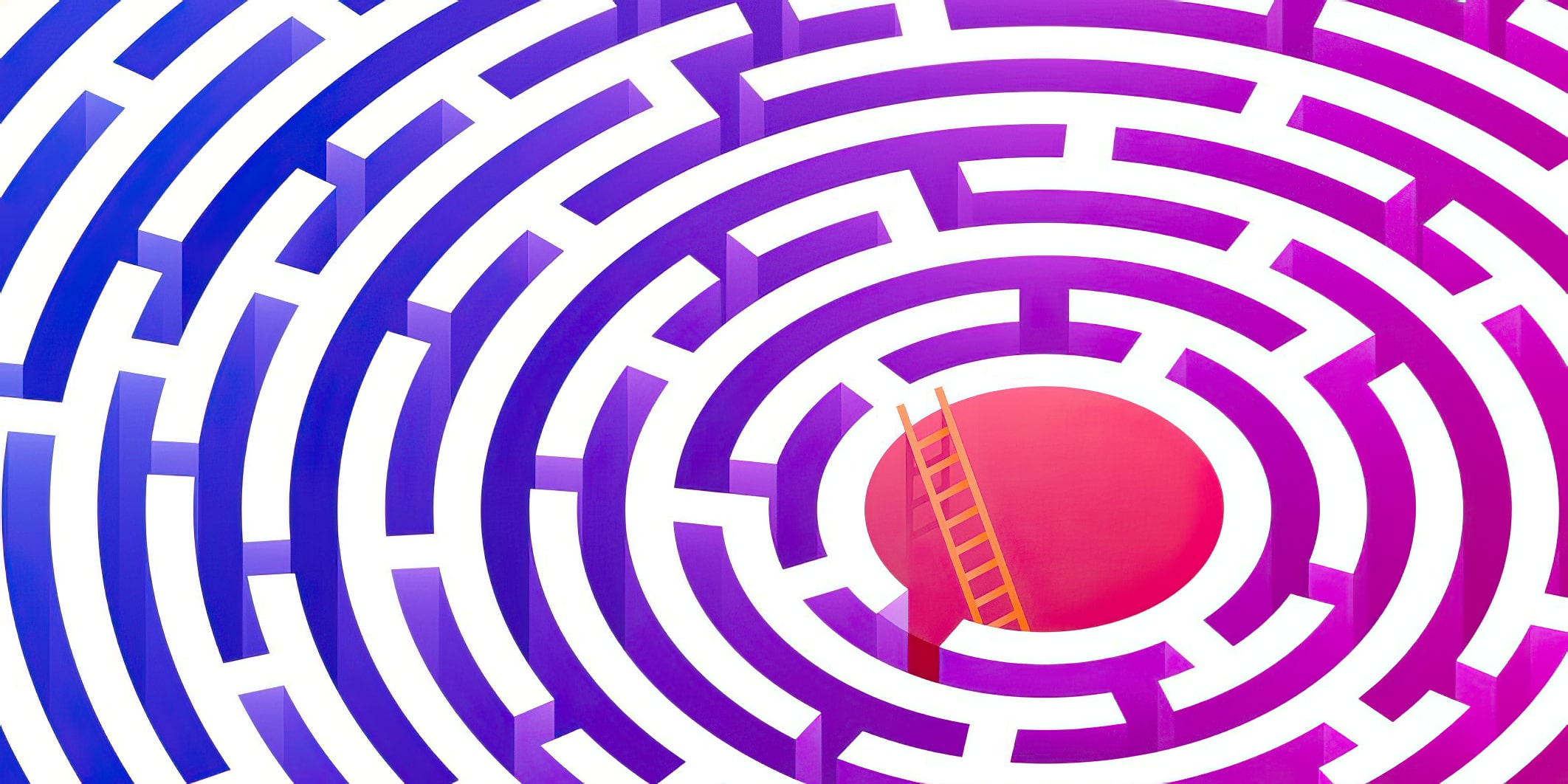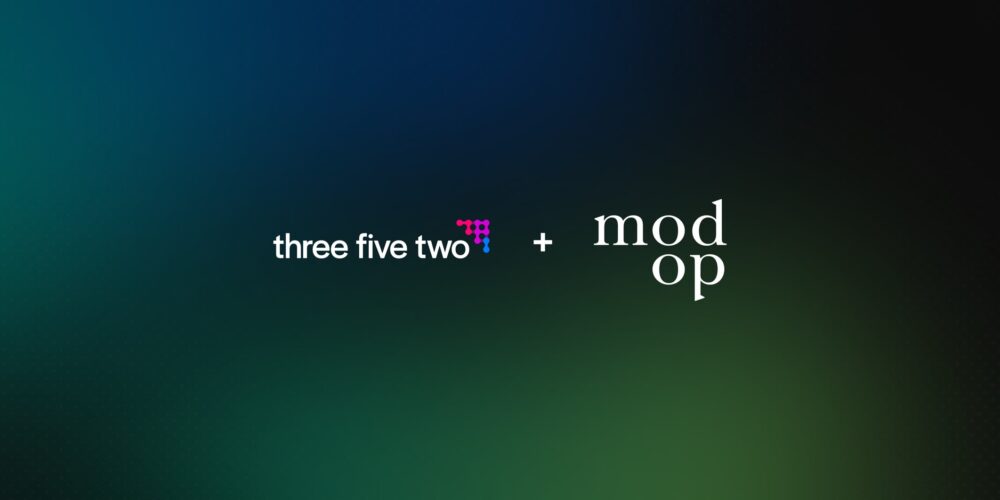
A Decision Making Framework for Innovative Leaders, Part 1: Embracing Uncertainty
Do you think it’s time to forge a new era in your business, or at least step into a new project, your potential “next big thing?” The answer is yes – it’s always – yes. We stop evolving, we put our business at risk. But, you know that. The biggest challenge is to feel brave enough to pursue it.
Notice, I said feel. Here’s the secret no one in business wants to admit: creating a new product or pioneering a new venture is more about feeling brave than it is about knowing your idea will work. Because let’s call it like it is – no one can know if a new idea marketed to a new customer base in an entirely new market is going to succeed.
“Sometimes when you innovate, you make mistakes. It’s best to admit them quickly, and get on with improving your other innovations.”
Steve Jobs
This five-part series will help. Starting is usually the most challenging part, right? But you’re here so you already have. We’ll do this together.
In this article, I’m going to show you how to structure and become comfortable with uncertainty using these five elements:
- Outcomes and Impact
- Assumptions, Unknowns, and Hypotheses
- Uncertainty
- Priority
- Time & Fidelity
Now, let’s unpack how to think about embracing uncertainty.
First, the hard facts that our research proves and many seasoned business leaders know, but don’t want to say out loud:
- To achieve “big” growth, you have to accept that you’ll never have enough information to ensure your idea will work.
- Some of the best-created, evidenced-based strategies will fail.
- Based on little evidence, new products and businesses have succeeded without any human-centered design or empathy for people.
- Most startups fail >90%
- Most corporate innovation fails.
- Most new businesses fail within the first 18 months.
Yet, guess what? Knowing these premises, we don’t realize we’re already embracing uncertainty. Every day we make small decisions about the future that have a wide range of implications based on data we do and do not have. Not to mention, uncertainty is a hallmark of the era we’re living in now thanks to the pandemic. We’re subconsciously, if not by force, already in the “embracing mode,” but we’re doing it with a poor mental model.
At scale, our tendency is to dismiss the stakes as “lower.” Take trying a new restaurant. The worst result is that it’s a waste of time because the food and service were terrible. The best result is perhaps a good experience, unlike anything you’ve ever had, along with a pretty sweet taste memory. We can make this decision without ever-texting a friend or viewing a Yelp review. But we don’t do that today, do we? We gather little bits of evidence from sources that appear trustworthy, and we make that decision.
But what about decisions at work? We run workshops, lead meetings, create agendas, develop creative campaigns, develop new solutions, yet we nearly never acknowledge that this type of work might not work. Whether we have years of research to support how we go about this work (be it technique, user personas, or statistical market research), or not.
We don’t question our methods because our brains don’t perceive uncertainty as a threat. For example, we don’t know that millions of other people will like a creative concept just because a focus group liked it. We don’t know if people in a meeting will be able to reach a decision, even if that meeting was designed specifically for that reason. We certainly don’t know that “how” we go about work (our technique) still works, even if many of us as working professionals are deeply experienced in these techniques.
Anxiety kicking in some? Let me offer some real-time coaching that I provide to my teams: This should wake you up.
Let the uncertainty excite you. It should propel you toward curiosity and growth. Hopefully, these ideas can help you see the uncertainty in structures you didn’t intentionally design or perhaps even inherited.
People are biologically designed to create habits and to love the security within a decision that feels safe and reliable. If a giant jungle beast with 15-foot-long teeth tried to murder you in the wild, your mental model for decision-making gets pretty simple: “Don’t get murdered. Run as fast as possible. Hide from toothed-beast.”
I urge you to reconsider all of the habits you’ve formed over the last several years and genuinely unpack how certain you are that those habits work vs. how much genuine uncertainty exists in how you’re working.
Now I’m going to reveal exactly how you can find comfort in the uncertain for yourself and with others, and how to feel as confident in uncertainty as you were with the techniques you’ve always used, yet ignored the inherent uncertainty built within them.
If you realized that a similar amount of uncertainty might exist with what you do know, you’d be able to conquer this fear, feel more confident, and make really tough decisions easier. And with that ease comes the ability to pursue the unknown in support of big growth, and frankly, a more energizing workday.

Structuring Uncertainty
So let’s get into it, shall we? As promised, here are the five elements you need to talk about, unpack and define with yourself and others to find comfort in the uncertain.
- Outcomes and Impact
- Assumptions, Unknowns, and Hypotheses
- Uncertainty
- Priority
- Time & Fidelity
1. Outcomes and Impact (to customer and business)
Define in simple, bullet-pointed terms what success means for your initiative, and – this is key – how it will be successful for your entire organization. Avoid granular goals that are mostly about appealing to our vanity. Meaning – your outcome shouldn’t be that you identify just one component like an impressive number to throw out there as a checkmark to the initiative. Your goals and outcomes should be about how to add value – this is important to your business because it’s recurring revenue that keeps your business afloat.
If the overall goal of your initiative is about retaining users, be clear to your team that there are many ways of retaining users. For example, you could pay everyone a million dollars to stay for one year or you could create a loyalty platform that incentivizes users with a points-based system. Or, you could hire a smaller sales team, spend less money on marketing, or develop a company durability strategy that ensures you can survive, even during COVID-19.
While those are business impacts, you may also have user impacts you’re trying to create through this work. Ensure your outcome has additional implications mapped to ensure it was a worthwhile initiative. Your outcomes shouldn’t say “how” to achieve it. They instead should say, “Here’s what success looks like and why these outcomes are important for us.”
2. Assumptions, Unknowns & Hypotheses
No team, no matter how long they’ve worked together, comes to a project or initiative with the same perspective. Getting alignment is critical, especially when identifying areas of uncertainty. But many working professionals skip right over this step.
Think about the bias your co-workers bring into the room. They might say they heard the CEO declare, “All mothers of three-year-olds in the U.S. want our product”, and make decisions based on those assumptions, when in reality, your company hasn’t fully captured that market.
People often inherit “evidence” from those who have clout or position and assume “marching orders” – without realizing there may not be substance to those claims.
The key is to ascertain what we know and what we need to learn. To do this, we develop a Learning Agenda. This exercise is as simple as creating three categories on a board and capturing everyone’s thoughts in the form of questions. Eventually, you’ll see patterns emerge of what your team wants to learn. You’ll prioritize them and ensure these questions are in support of your overall initiative outcomes. We’ll dig a little deeper into this one later on in this series.

3. Uncertainty
Once your outcomes/impact; assumptions, unknowns, and hypotheses have been refined and are easy to understand, it’s important to map each of them to the level of certainty vs. uncertainty that exists for each one. You can use a simple X-axis to determine qualitatively how uncertain these premises are. Chances are, the group collectively knows what they don’t know. A picture of what you must learn begins to form by simply asking the group to rank these. It may also inspire new questions that the group hasn’t answered.

View the Learning Agenda & Prioritization Workbook Here
4. Priority
We now have to assess how important it is to learn about your areas of uncertainty. In the previous step, we only worked on an x-axis, mapping our level of certainty. We now leverage a y-axis to understand how vital each answer might be to our outcomes.
The purpose of this exercise is to avoid doing too much and create some healthy constraints. One of the most straightforward constraints could simply be limiting your experiments to a short amount of time, which still provides more knowledge than you had previously.
—
Before we reach the end, I want to acknowledge what we’ve done: We’ve created a silhouette around a topic about which you and your team are certain. By defining each of these elements with a group of people, you’re all on equal footing. Collectively, you’re missing the answer to a series of questions. You’ve all agreed this is important to learn, and doing this work will move you closer to achieving your outcomes and impact.
What this won’t do is answer everything with total certainty. But what this will do, is bring more knowns to life. And with that data, you can make more decisions: Do we learn more? Do we launch a new product? Do we kill the project? All of these are valid decisions, but without agreeing upon what isn’t certain, we’re disabling ourselves from advancing our ability to make decisions, whatever they may be.
5. Time & Fidelity
Finally, we’re talking about investment. Your team could run each exercise listed above in an hour or over several days in a co-created workshop environment.
At Three Five Two, the subject matters we tackle with our clients are often quite complicated, have a lot of unknowns, and can be deeply unclear where to pursue further. Because of that, we sometimes see clients unable to make a decision because it’s safer than deciding to go down the wrong path.
When we think about making decisions, it often feels safer not to decide in these scenarios. And while that logic is entirely understandable, we see people take precisely zero of the steps above to choose not to make a decision.
So, to ensure we make a decision that feels reasonable given the many voices in the room, we look to time and fidelity.
What’s inside of this:
- How much time do we want to spend learning about this topic?
- How many people are a part of this initiative?
- How much of their time is needed to achieve this?
- How much more money (be it their time or additional budget) is needed?
- And how “sure” must we be, through the results of what we learn, to make our next decision?
That last question might be the most important: What would cause us to invest further? What would cause us to kill the idea? What are the ramifications if we don’t learn “everything”?
These considerations are all in support of making another confident decision. If we spent a week vs. a month learning something, how would this impact our ability to make a decision later?
What to do with all of this
Each new idea, project, or initiative comes with much pressure. Pressure to have answers, confidence, and certainty to all the questions. Instead of getting overwhelmed, embrace the uncertainty of the moment. Use this framework to reduce the anxiety of not having all the answers.
Providing structure to topics, initiatives, etc. that feel uncertain to your team creates confidence in what you don’t know. I tell my team all the time, I’m incredibly confident in what I don’t know, even more than what I do know.




